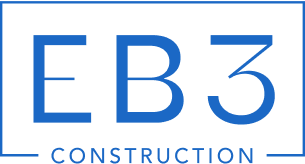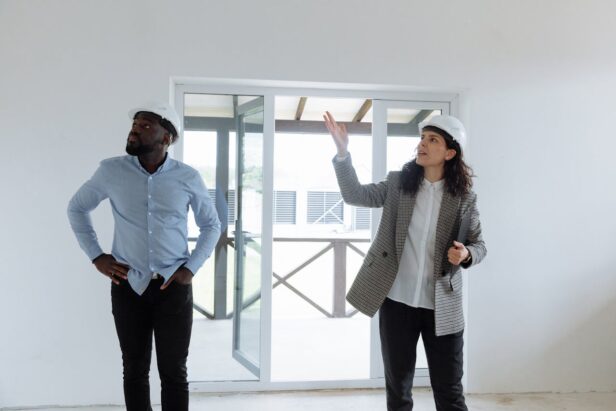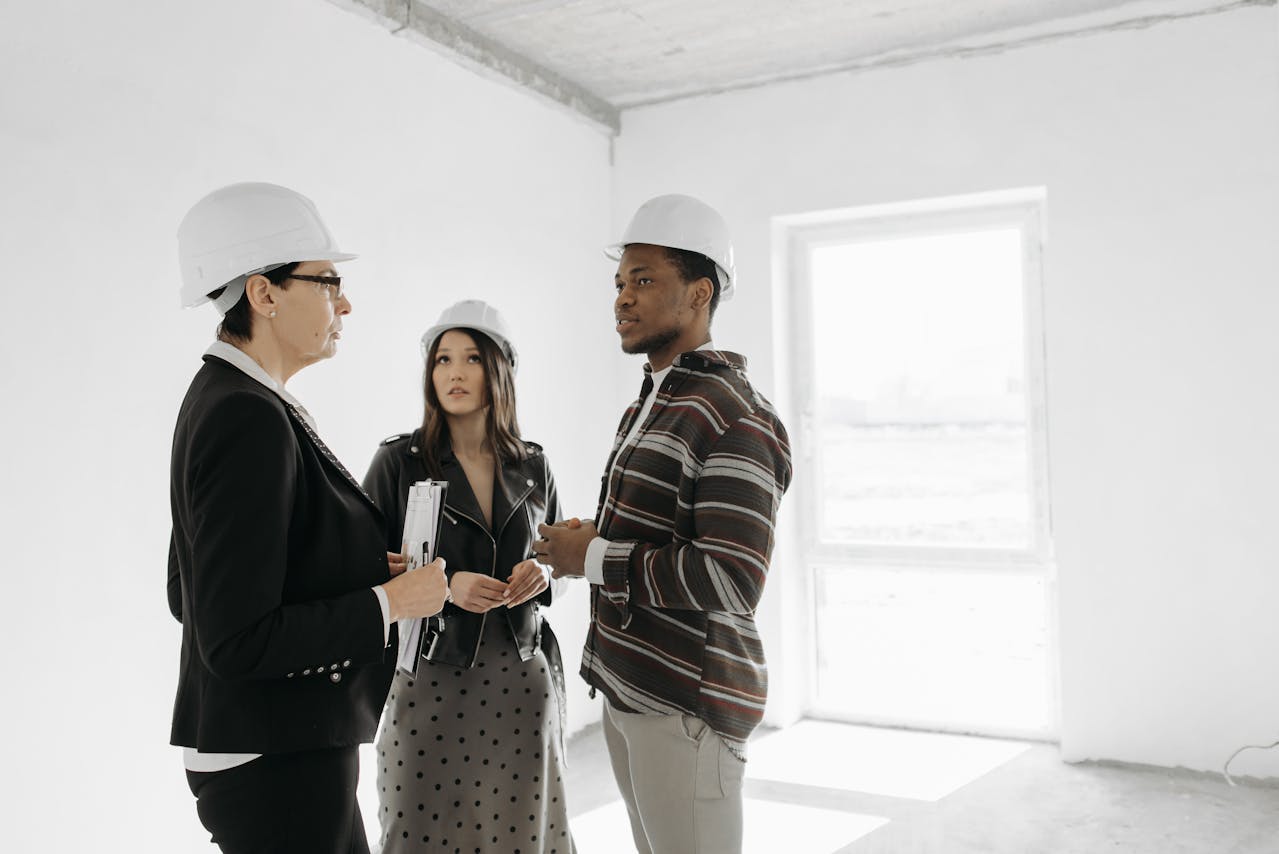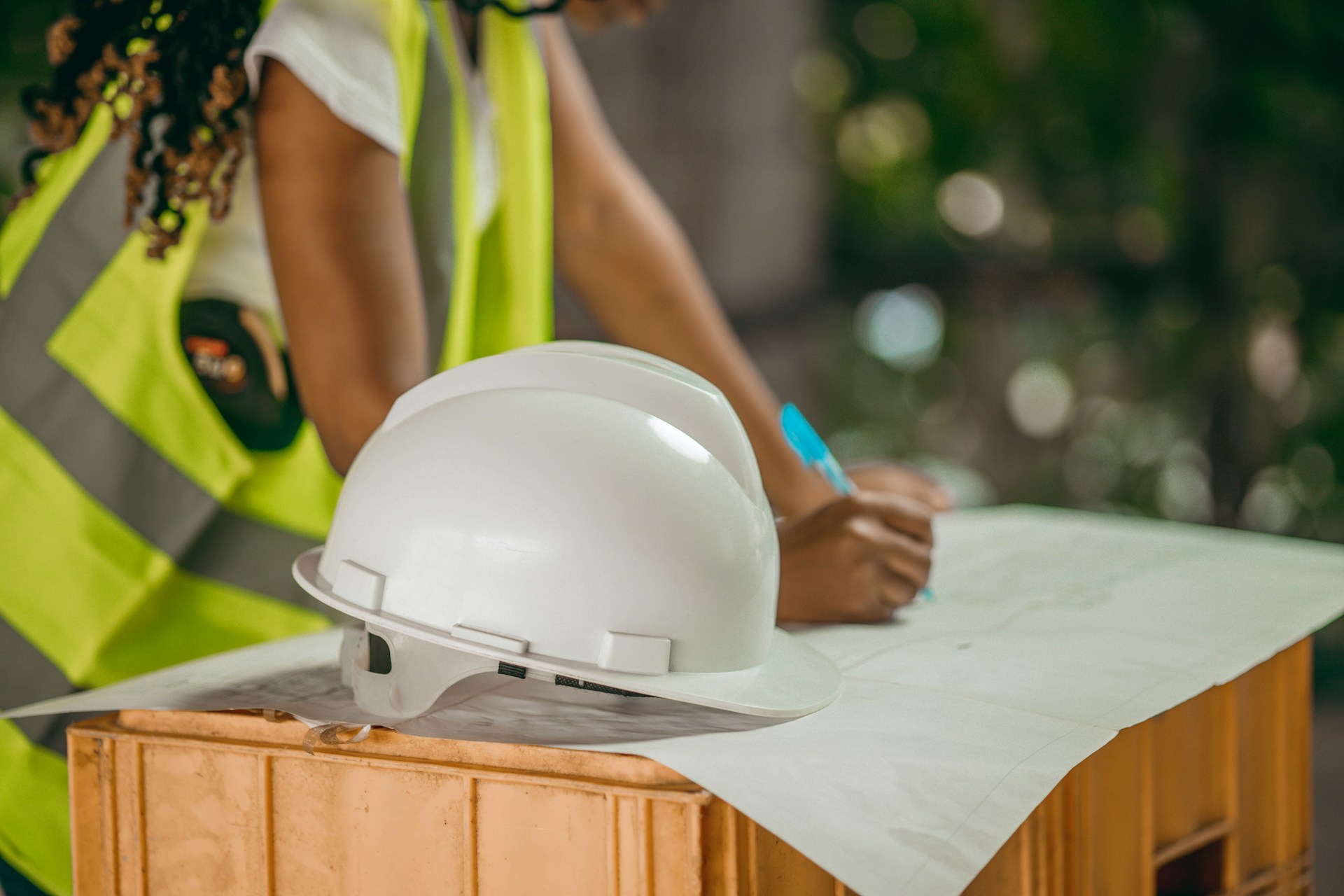Moving into a newly constructed commercial building should feel exciting, not stressful. Post-construction support for commercial building is the comprehensive set of tasks that keeps your new facility safe, functional, and compliant from day one after turnover.
This ongoing support encompasses scheduled system operational checkups, preventative maintenance protocols, specialized post-construction cleaning, and continuous safety and code compliance monitoring. When we execute these services properly, they preserve both appearance and performance while reducing operational downtime and facilitating a smooth transition for occupants into their new workspace.
Which Building Systems And Tasks Should Your Support Plan Include?
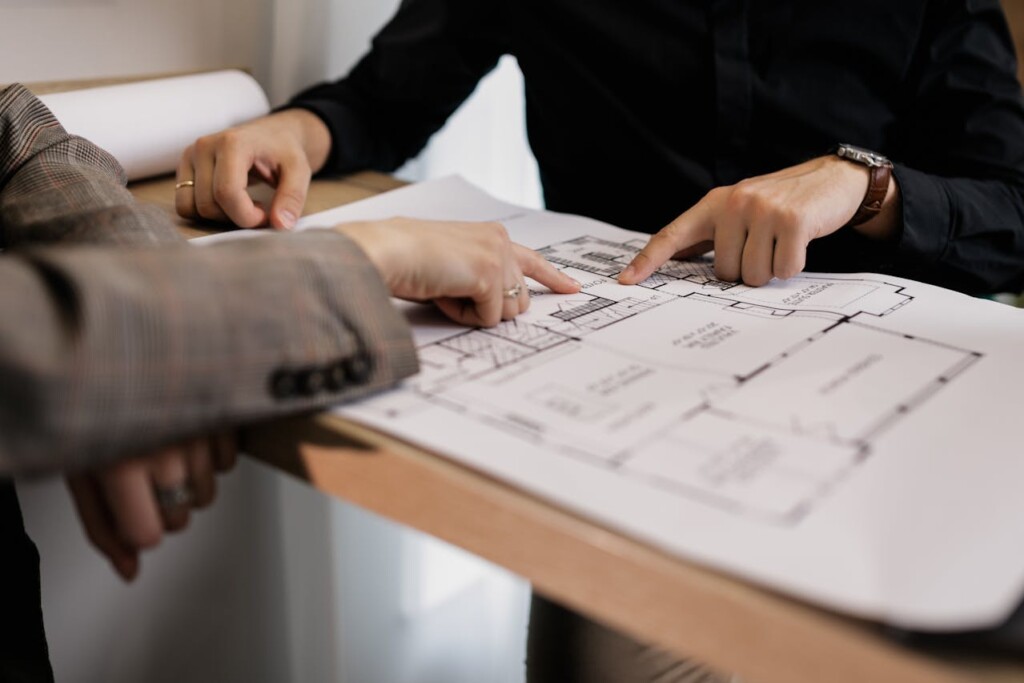
Commercial building maintenance requires systematic attention to four core areas that directly impact operations, safety, and asset value. We organize these systems into manageable categories that address different aspects of facility performance.
Structural Integrity
The building envelope forms the foundation of all other systems. We inspect and repair foundation elements, roofing membranes, and exterior walls to prevent water intrusion and structural deterioration. Regular assessment of these components identifies settling issues, crack formation, and weatherproofing failures before they escalate into costly repairs.
Foundation inspections focus on identifying drainage problems and structural movement. Roof maintenance includes membrane condition, flashing integrity, and gutter performance. Wall assessments examine sealant condition, exterior finishes, and insulation effectiveness. These structural elements protect interior systems and maintain building envelope performance.
Mechanical Systems
HVAC maintenance ensures optimal indoor air quality and energy efficiency through filter replacement, refrigerant level checks, and duct cleaning. We monitor system performance to identify inefficiencies that drive up operating costs and reduce occupant comfort.
Elevator systems require monthly inspections and professional servicing to maintain safe operation and ADA compliance. Regular maintenance includes testing safety controls, lubricating mechanical components, and verifying emergency communication systems. Plumbing maintenance addresses leak prevention, water pressure optimization, and backflow prevention to protect water quality and prevent property damage.
Electrical system maintenance involves infrared scanning to identify hot spots, testing backup generators, and inspecting panels for proper load handling. These tasks prevent equipment failures and maintain power reliability throughout the facility.
Aesthetic Upkeep
Surface maintenance protects finishes and reinforces professional appearance. We clean, paint, and repair interior and exterior surfaces to preserve material integrity and support brand image. Regular floor care, wall maintenance, and fixture cleaning prevent deterioration that impacts tenant satisfaction and property value.
High-traffic areas require more frequent attention to address wear patterns and maintain professional standards. Lobby maintenance, corridor upkeep, and common area cleaning directly influence first impressions and tenant retention rates.
Safety And Compliance
Fire safety systems require monthly testing of alarms, quarterly inspection of extinguishers, and annual sprinkler system maintenance. We maintain documentation of all tests and repairs to support compliance with local fire codes and insurance requirements.
ADA compliance involves regular inspection of accessibility features including elevator operation, accessible parking spaces, and pathway maintenance. Emergency lighting systems need monthly testing to ensure proper illumination during power outages. Security system maintenance includes camera functionality checks, access control testing, and perimeter lighting verification.
These integrated maintenance efforts produce measurable outcomes: reduced workplace accidents through proactive safety measures, improved energy performance through optimized system operation, and lower equipment replacement costs through preventative care. Professional appearance enhances tenant satisfaction while regulatory compliance reduces fine exposure and liability risks.
How Does Post-Construction Cleaning Differ From Routine Commercial Cleaning?
Post-construction cleaning tackles the intensive cleanup required after renovation or new construction projects. We approach these jobs as specialized, one-time operations that address heavy construction debris, thick layers of dust, and safety hazards left behind by building crews. The timing often overlaps with final construction activities, requiring coordination with trades completing last-minute installations and punch-list items.
This process demands industrial-grade equipment and methods. We use high-powered vacuums with HEPA filtration systems to capture fine particulates that standard equipment cannot handle. Floor cleaning involves specialized techniques for removing adhesive residues, paint splatters, and construction material buildup that accumulates during the building process.
Specialized Tools And Regulatory Requirements
Post-construction cleaning requires heavy-duty equipment not typically used in routine maintenance. We deploy industrial floor scrubbers, pressure washers, and debris removal tools designed for construction waste. Window cleaning involves removing protective films and construction residue that requires specific solvents and techniques.
Regulatory compliance adds another layer of complexity. Construction sites generate hazardous materials that must be disposed of according to local waste disposal regulations. We coordinate with waste management companies to properly handle materials like drywall dust, which can contain silica, and ensure all debris meets disposal requirements for construction waste.
Routine Commercial Cleaning Operations
Routine commercial cleaning operates on an ongoing schedule focused on maintaining cleanliness in occupied spaces. We perform these services weekly, bi-weekly, or monthly depending on facility needs and foot traffic patterns. The work centers on surface maintenance, restroom sanitation, and keeping common areas presentable for daily operations.
Standard commercial cleaning uses conventional equipment and supplies suitable for regular maintenance. Floor cleaning involves mopping and vacuuming with standard commercial-grade equipment. We focus on maintaining appearance and hygiene rather than removing construction-related contaminants or addressing safety hazards.
The timing follows predictable schedules that work around business operations. We coordinate with facility managers to minimize disruption during occupied hours and maintain consistent service levels that support ongoing business activities.
What Role Do Technology And Preventative Schedules Play After Turnover?
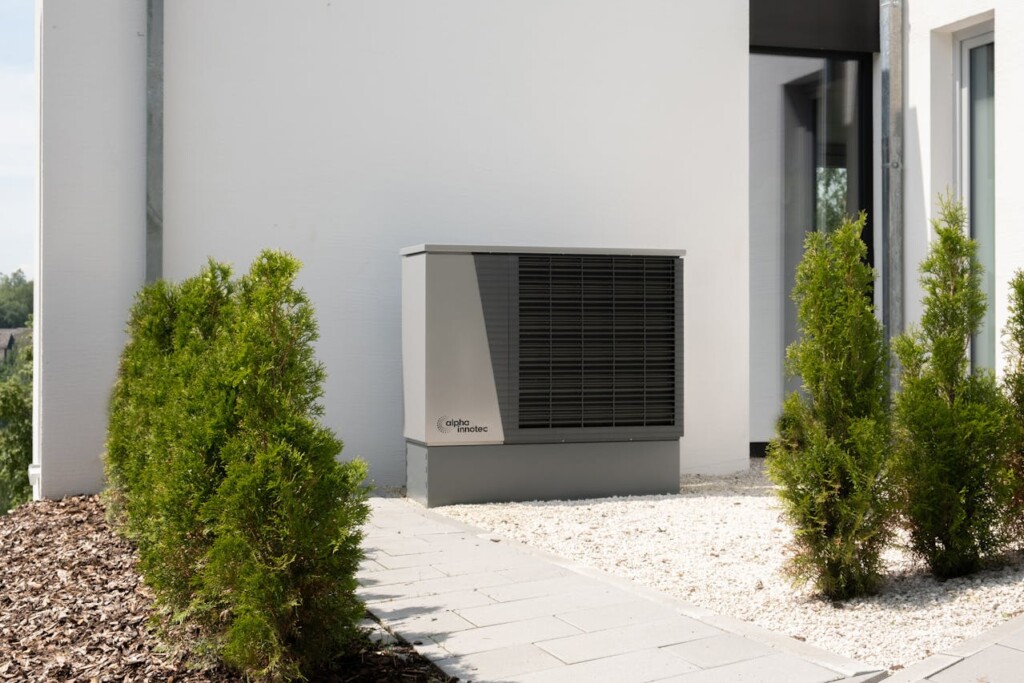
Technology transforms how we manage commercial buildings after construction completion. Building management systems create a central hub that monitors HVAC performance, lighting efficiency, and security functions around the clock. These BMS platforms collect real-time data from sensors embedded throughout the facility, giving property teams instant visibility into system health and performance trends.
We integrate predictive maintenance tools that analyze sensor data to identify potential equipment failures before they occur. Vibration sensors on HVAC motors detect bearing wear, while temperature monitoring reveals cooling system inefficiencies that could lead to costly breakdowns. This approach reduces emergency repair calls and extends equipment lifespan by addressing minor issues before they escalate into major problems.
The financial impact is substantial. Predictive maintenance prevents unexpected equipment failures that cause significant operational disruptions, ensuring systems remain functional while reducing both downtime and maintenance expenses. When combined with automated alert systems, facility teams receive immediate notifications when equipment parameters exceed normal ranges, enabling swift intervention.
Preventative maintenance schedules work alongside these technological tools to maintain peak building performance. We establish regular inspection cycles based on manufacturer recommendations and historical equipment data. HVAC systems typically require monthly filter changes and quarterly coil cleaning, while elevator systems need monthly safety inspections and annual load testing.
Energy efficiency gains compound when technology and scheduled maintenance work together. Building automation systems optimize lighting and HVAC operations based on occupancy patterns and weather conditions. Regular maintenance ensures these systems operate at design specifications, preventing the energy waste that occurs when dirty filters restrict airflow or misaligned sensors provide inaccurate readings.
The key lies in creating actionable maintenance calendars that integrate with building management systems. We schedule routine inspections during off-peak hours to minimize disruption while ensuring critical systems receive attention before problems develop. This systematic approach protects the significant investment made during construction and supports long-term operational success.
What Warranty And Defect Considerations Belong In Post-Construction Support?
Construction defects represent flaws in design, materials, workmanship, or subsurface conditions that cause damage or structural failure. We categorize these issues into four distinct types to track and address them systematically. Design defects stem from architectural plans or engineering specifications. Material defects involve substandard or faulty building products. Workmanship defects result from poor craftsmanship or failure to follow specifications. Subsurface defects include soil, grading, or drainage problems that compromise foundation integrity.
Understanding Builder Warranty Coverage
Builder warranties establish clear responsibilities for repairing specific defects within defined time frames after project completion. Coverage typically extends to structural components like foundations, load-bearing walls, and roof systems. Workmanship defects fall under warranty protection when installation fails to meet industry standards. Mechanical systems including HVAC, electrical, and plumbing receive coverage for defects in installation and initial performance.
Waterproofing represents a critical warranty area, particularly for exterior elements like windows, doors, and building envelopes. Building standards compliance ensures construction meets fire safety guidelines, accessibility requirements, and local code specifications. We verify that warranty terms align with regulatory expectations and project specifications during the documentation review process.
Common Warranty Exclusions
Normal wear and tear falls outside warranty coverage as these issues result from regular use and aging. Owner negligence excludes damage caused by failure to maintain systems or follow recommended care procedures. External factors like natural disasters, vandalism, or unforeseen acts beyond the builder’s control typically void warranty claims.
Manufacturer warranties cover certain appliances and fixtures rather than builder warranties. Minor cosmetic issues such as paint scratches or surface imperfections usually receive exclusion from warranty terms. We review these limitations with property owners to establish realistic expectations for warranty coverage and identify maintenance responsibilities.
Documentation And Timeline Requirements
California’s SB 800 establishes specific timelines for construction defect claims based on the component type and severity. Finishes and cosmetic elements carry one-year warranty periods from project completion. Plumbing and electrical systems receive four-year protection for installation defects and performance issues. Major structural components maintain ten-year warranty coverage for significant defects that compromise building integrity.
Documentation requirements include detailed photographs showing defect locations and conditions. We maintain written reports describing the nature of each problem and its potential impact on building performance. Communication records with builders and contractors support claim validation and Right to Repair processes. Prompt notification within warranty periods protects property owners’ rights to remediation and prevents disputes over timing requirements. We establish documentation protocols during project turnover to ensure comprehensive record-keeping for potential warranty claims.
Conclusion And Next Steps

Effective post-construction support for commercial building requires coordination across four key areas: preventative maintenance, specialized cleaning, monitoring technology, and warranty management. We approach each component as part of an integrated system that protects your investment and ensures operational readiness from day one.
Start by establishing a preventative maintenance plan that addresses structural and mechanical systems on defined schedules. Document cleaning requirements early and coordinate post-construction cleaning with final construction activities. Implement building management systems and predictive maintenance tools to prevent costly downtime. Track all warranty periods and maintain detailed records of defects, communications, and resolutions. These operational checkups and compliance measures form the foundation of successful facility management.
Ready to develop a comprehensive post-construction support strategy? Contact EB3 Construction to discuss your commercial building’s transition from construction to operations.
